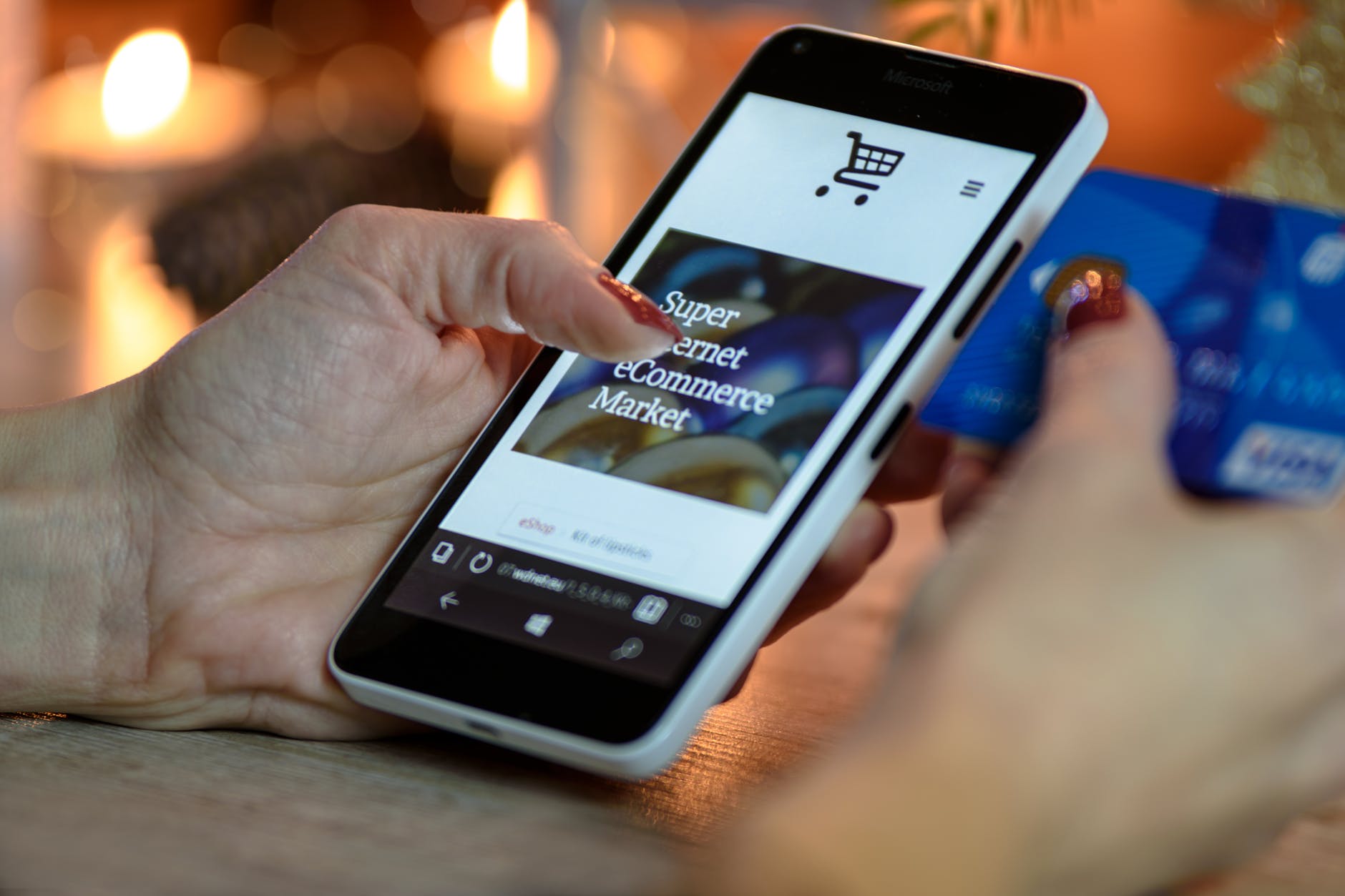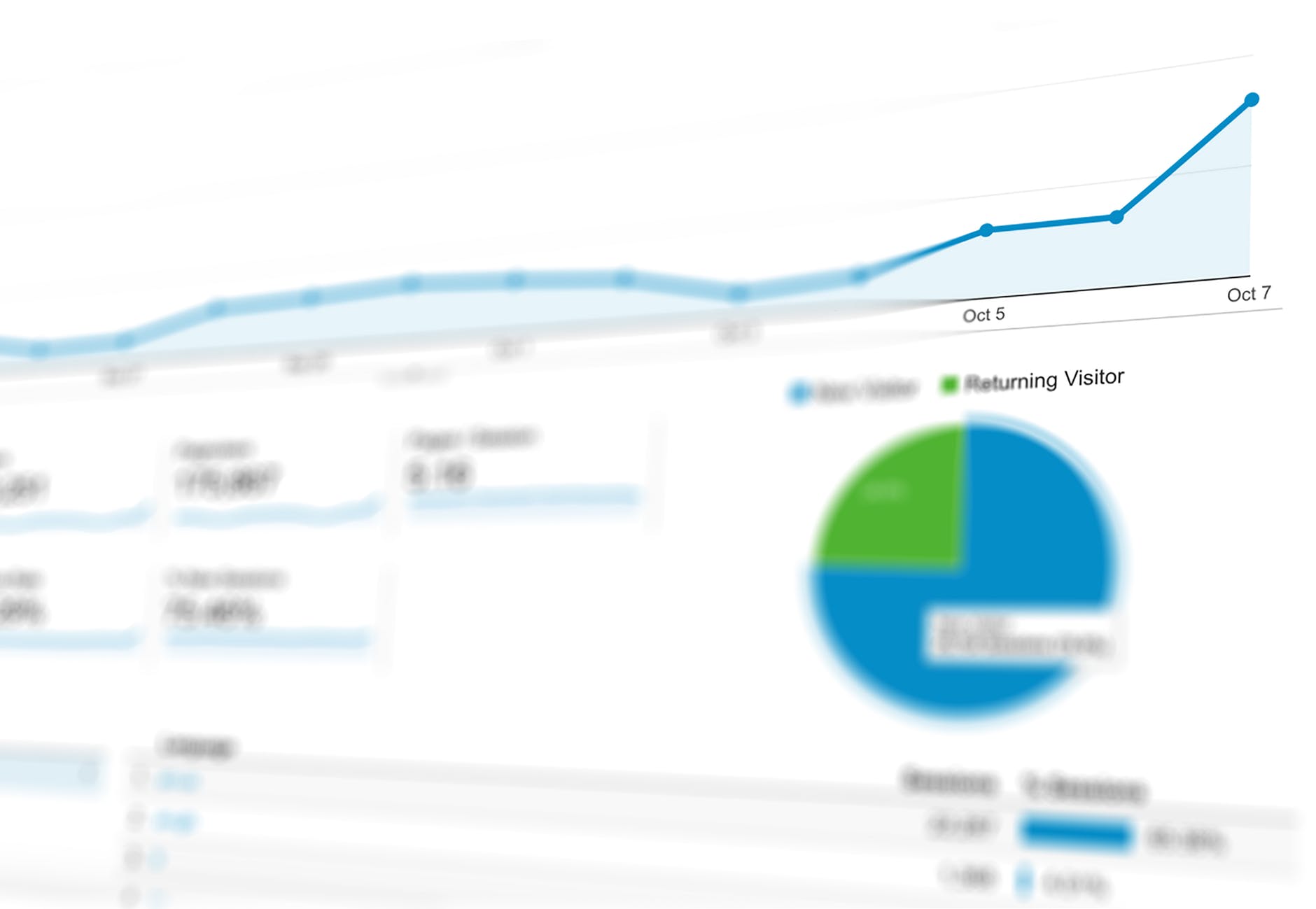A Comprehensive Guide: The Difference Between Personalization, Segmentation, and Customization

It’s without question that a one size fits all approach to marketing is full of missed opportunity. You cannot please all the people all of the time. A widely referenced quote from Jeff Bezos in 1998 was an indicative premonition regarding the future adoption of website personalization:
“If we have 4.5 million customers, we shouldn’t have one store,” he says. “We should have 4.5 million stores.” – Jeff Bezos
Almost 20 years later we’ve seen Amazon make this vision a reality, holding the title of the largest e-commerce retailer in the world with $94.7 billion in online sales. Their intuitive recommendation engine is a driving force. In 2013 it was reported that this feature was responsible for 35% of their revenue, a number we can only presume has increased in proportion to their overall success metrics in the years since.
Apple, the second largest online retailer, also understands the importance of a personalized experience. The immortal words of Steve Jobs:
“A lot of times, people don’t know what they want until you show it to them.” – Steve Jobs
As the rest of the online world races to compete within their vertical, we’ve seen digital marketers attempt to create more relevant customer experiences through segmentation, customization, and now increasingly, one to one, real-time personalization. Though most retail brands understand the impact and value of personalization, many are still struggling to provide their customers with a truly personalized user experience because they aren’t sure how to execute on a competitive level. Marketers still have a hard time understanding the distinctions between segmentation, customization, and true personalization. In this guide, we will walk you through the definitions and differences, and why personalization is the proven method to make a dramatic impact on your conversion rate and customer/brand loyalty.
Defined:
Segmentation: Segmentation is the process of organizing your target customer base into groups determined by characteristics such as demographics (for example gender, income, location), behavior, interest, affiliation, or persona. Rather than trying to appeal to an entire market through one message or approach, segmentation allows you to create separate messaging and experience strategies for each of these groups. With segmentation, it is the marketer who is determining the segments and the strategies that will be used to appeal to each.
Customization: Customization is the process of determining which messaging and experience an end user will receive through the manual input of preferences and information they provide, rather than predetermined segments created by the marketer when using a segmentation approach. This gives the customer control, where segmentation is controlled by the marketer. Customization essentially empowers the customer to determine which segment they are actually a part of, which can be more accurate targeting than segmentation. The marketer determines what messaging and experience is delivered to the customer-selected segments.
Personalization: Personalized marketing, also referred to as one-to-one marketing, leverages data analysis and digital technology advancements such as machine learning and artificial intelligence, to deliver an individualized customer experience. Where segmentation is controlled by the marketer and customization is controlled by the user, personalization is controlled by customer information, demographics, and behavior that is extracted from data. More accurate than segmentation and more granular and less intrusive than customization, personalization does not rely on human input except for where it comes to what messaging and experience is delivered to the end user. This is determined by the marketer.

Now let’s put this all into some context.
Segmentation is a great place to start when you are coming up with your initial go-to-market (GTM) strategy. Determining your overall target market is essential, but still lacks sufficient focus. Segmentation is useful in that it helps you understand the different demographic personas and verticals you’re appealing to within that target market. From here, you can come up with core messaging and strategic outreach approaches that will be most effective in each segment. Segmentation helps to guide your content and paid strategies as well. Creating market segments isn’t a step you should gloss over. Here’s the problem though: segmentation does not scale into truly optimized and maximized conversion rates. It’s still too broad of an approach.
Customization attempts to do what segmentation alone cannot achieve. It asks the user to tell the CMS or CRM which segment they identify with or what experience they would like to have. Many marketers think this is a way to “personalize” a users brand experience, however here’s why customization is less desirable. First, you have to disrupt the user’s experience in order to obtain information from them that will indicate their preferences. Each stop along the way to conversion decreases the likelihood of achieving that conversion. Every click takes them further, not closer, away from their goal and yours.
Second, what a customer wants or needs is very seldom consistent. Let’s say you’re an online apparel retailer. Last month, a visitor came to your website looking for winter coats. Today, the same visitor is about to go on vacation and they are shopping for shorts and sundresses. Once you’ve placed this visitor into a segment that determines they are interested in outerwear they are going to see content on their next visit that will be entirely irrelevant to them. They likely already purchased that winter coat, either with you or with a competitor, and so any website or content marketing targeted to those in the segment of outerwear (such as email campaigns or on-site promotions) will be wasted on them. True omnichannel personalization happens in real-time, in the most intuitive ways, without disruption. Thanks to big players like Amazon who are the best case study with regard to the great potential of personalization, this is the new standard of user expectation. Customization will leave you falling short of this expectation.
Third, customization imposes higher interaction costs. Users tend to not customize their experience and preferences anyway and doing so on mobile, increasingly important as mobile shopping and browsing continues to uptick, can be even more cumbersome than it’s worth to them. Less than 5% of users change their default settings, assuming that in general, the website has their best interest in mind anyway. The ROI when compared to the investment in personalization tools and outcomes just doesn’t add up to truly optimized conversions.

The payoff of personalization.
Personalization happens behind the scenes without any input from your customer, which means zero disruption during the buyer’s journey. They should be focused on the products you are selling, not your platform. CloudEngage uses data from their browsing history and previous site visits to determine what they are likely to find relevant. We are able to gain insights from innovations in machine learning, their geographic location, weather, past preferences, the destination that brought them to your website, and many more indicators, to empower you to create nuanced campaigns that will reach them in real-time. Dynamic content replacement means that when they land on your website, they are experiencing a truly tailored, relevant, contextual interaction with your brand. We also enable you to create custom content channels via browser push notifications, a feature few other personalization platforms are providing today.
Our innovative personalization solutions work together cohesively to deliver a unique, relevant user experience to each individual visitor that comes to your website. The needs of your customers vary not only from person to person but with each visit. Stack our intuitive personalization features to build finely targeted campaigns that answer to users real-time needs, resulting in a profound brand connection that is proven to dramatically increase conversions. Our personalization platform is powerful while remaining lightweight and easy to integrate and deploy. We work alongside your existing CMS to make your default website a whole lot smarter.
Remember, one size fits all does not work to boost conversions. We strive to get as granular as possible. The ROI where it comes to the cost of implementing personalization tools is proven. KPI’s such as revenue per visit, conversion rate, shopping cart abandonment, customer lifetime value, and brand loyalty/user sentiment redundantly prove that one to one personalization pays off.
As you search for the right personalization platform, be sure you are not inadvertently investing in a customization engine unless you are willing to sacrifice conversions and ROI. It’s important to understand what you’re paying for and be sure you’re investing in a platform that is providing you with the solutions you’re really searching for. Our pricing is based on your website traffic and we offer competitive monthly or annual plans. Our marketing team is available to help you strategize the best ways to implement our features in a way that will help you reach your particular objectives. All of our features are included in our pricing and we are regularly rolling out new personalization features that will be available to our customers without additional costs involved. Implementation is simple: we work with any CMS or homegrown website and creating campaigns or content replacement triggers does not require any additional development costs thanks to our front-end editor that anyone on your team can use. Measure and modify with insights derived from campaign analytics and A/B and multivariate testing.
Get in touch to chat about how CloudEngage is making advanced personalization tools available to businesses of all sizes. Request your demo – no credit card required.
Related Articles
CBT News: Dealership geo-fence marketing
Location, location, location! It is usually the difference between a shopper looking for an off road capable 4×4 or a city dweller in need of an eco-friendly Nissan Leaf.
CloudEngage Acquires AnswerDash, Leader in AI powered Self-Service Support
We’re thrilled to announce that we’ve acquired Seattle-based AnswerDash, expanding our suite of offerings to Include AI powered self-service support SPOKANE, Wash., AND SEATTLE, Wash., June 23rd, 2020. Our entire team recognized the fit with AnswerDash was terrific....
CloudEngage Acquires AnswerDash, Leader in AI powered Self-Service Support
We’re thrilled to announce that we’ve acquired Seattle-based AnswerDash, expanding our suite of offerings to Include AI powered self-service support SPOKANE, Wash., AND SEATTLE, Wash., June 23rd, 2020. Our entire team recognized the fit with AnswerDash was terrific....
Subscribe & Follow
Join Our Newsletter
Subscribe to our email list for news and offers. Follow us on social media.
Subscription
"*" indicates required fields
